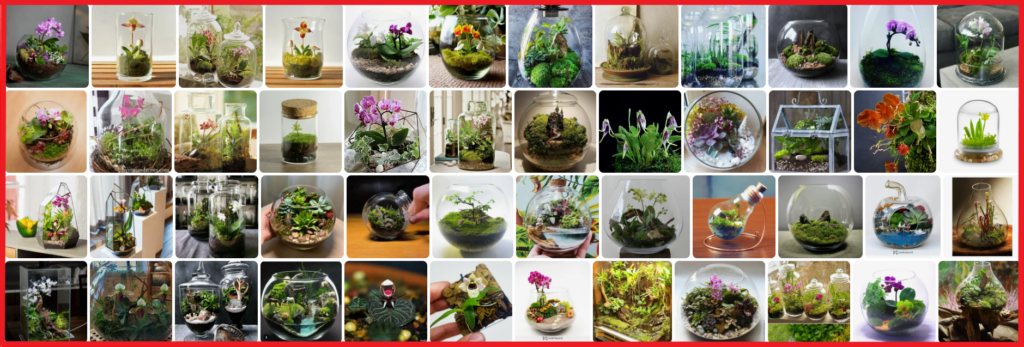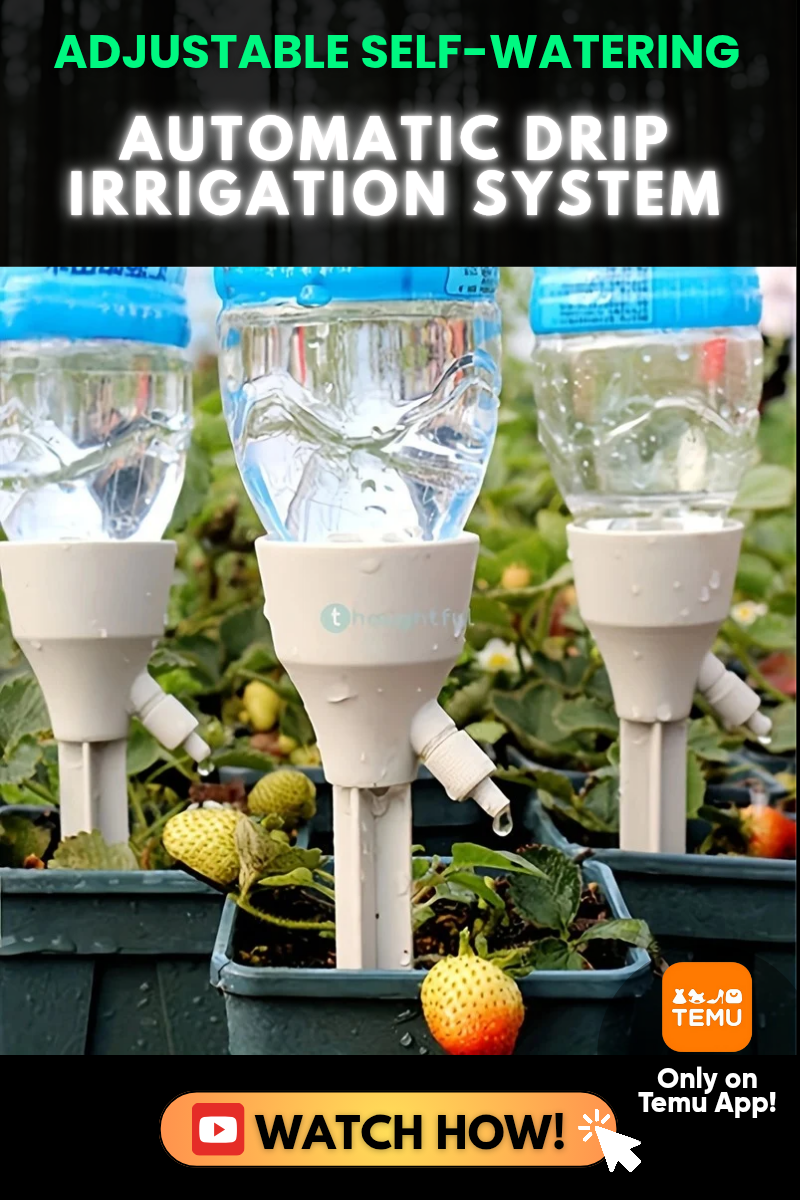
In the heartland of Indiana, where sprawling farmlands and vibrant home gardens flourish beneath the magnificent Indiana sky, there lies a beloved summer ritual that has tugged at the green thumbs and awakened the culinary dreams of countless Hoosiers. Ladies and gentlemen, we are talking about none other than the timeless tradition of planting tomatoes. Every year, as the frost begins to relinquish its icy grip on the land, both seasoned horticulturists and eager novices alike ponder the same fervent question: “When, oh when, shall we plant our beloved tomatoes?” Today, dear readers, we embark on a journey to uncover the answer to this timeless quandary, unlocking the secrets and unveiling the strategies that will guide us in making the most of Indiana’s fertile soil and bountiful summers. So grab your gardening gloves, arm yourself with curiosity, and let us delve into the wonderful world of tomato planting in Indiana!

Timing Considerations for Tomato Planting in Indiana
Tomatoes are a beloved summer crop in Indiana, and knowing when to plant them can make all the difference in achieving a bountiful harvest. The ideal time to plant tomatoes in Indiana is typically after the threat of frost has passed and the soil has warmed up. This usually falls between late April and early June, depending on the specific region and current weather conditions.
Here are some key timing considerations to keep in mind for successful tomato planting in Indiana:
| Feature/Tips |
Description |
| Choose the right varieties |
Consider selecting tomato varieties that suit Indiana’s climate, such as Early Girl, Celebrity, or Brandywine. These varieties tend to perform well in both early and late planting seasons. |
| Start indoors for an early harvest |
If you’re eager for an early tomato harvest, start your seeds indoors 6-8 weeks before the last frost date. Transplant the seedlings outdoors once the soil has warmed up and there is no longer a risk of frost. |
| Protect against late frosts |
If you decide to plant tomatoes early in the season, be prepared to protect them from late frosts by covering them with frost blankets or using other frost protection methods. |
By considering these timing factors and incorporating some helpful tips, you can maximize the success of your tomato plants in Indiana and savor the juicy, homegrown fruits throughout the summer months.

Loading... Seconds Left for
Miniature Orchid Terrarium Gallery!

Factors Affecting Tomato Planting Time in Indiana
When it comes to cultivating healthy and bountiful tomato plants in Indiana, the timing of planting plays a crucial role. Various factors influence the optimal period for planting tomatoes, ensuring successful growth and maximum yield. Understanding these factors can help you strategize and plan your tomato planting effectively in the Hoosier State.
1.
Average Frost Dates: The last expected spring frost and the first fall frost dates are important indicators for determining the ideal window for tomato planting. Typically, it is recommended to start planting tomatoes outdoors after the last frost date to protect the delicate plants from potential damage or stunted growth.
2. Soil Temperature: Tomatoes thrive in warmer conditions, so it is crucial to pay attention to the soil temperature. The soil should be consistently warm, ideally above 60°F (15.6°C), for successful tomato planting. Using a soil thermometer can help you monitor the temperature and ensure optimal conditions for your tomato plants.
| Features |
Tips |
| 1. Tomato Varieties |
Choose tomato varieties that are suitable for the specific growing conditions in Indiana, such as heirloom varieties resistant to common diseases. |
| 2. Soil Preparation |
Before planting, ensure the soil is well-drained, rich in organic matter, and has a slightly acidic pH level between 6.0 and 6.8. |
| 3. Plant Spacing |
Provide adequate spacing between tomato plants to allow proper air circulation and minimize the risk of diseases. |

When to Plant Tomatoes in Indiana
Tomatoes are one of the most popular vegetables grown in Indiana gardens. Knowing the ideal time to plant tomatoes can greatly affect their growth and yield. In Indiana, it is recommended to plant tomatoes after the last expected frost date, which usually occurs in mid to late April. However, it is important to keep an eye on the weather forecast as unexpected late frosts can still occur. If the temperatures are consistently above 50°F (10°C) during the day and above 40°F (4°C) at night, it is safe to start planting your tomato seedlings or transplants.
When it comes to selecting your tomato varieties, it is crucial to consider the length of Indiana’s growing season. For shorter growing seasons, opt for early or determinate varieties that produce fruit in a shorter period of time. These varieties tend to mature within 60 to 75 days. On the other hand, if you have a longer growing season, you can choose indeterminate varieties that continue to produce fruit throughout the season. These varieties can take anywhere from 70 to 100 days to mature.
Features and Tips for Planting Tomatoes
| Features |
Tips |
| 1. Choose a sunny location for planting. |
1. Prepare the soil by adding organic matter and ensuring good drainage. |
| 2. Plant tomatoes in raised beds or containers for better soil conditions. |
2. Provide support with stakes or cages for indeterminate varieties. |
| 3. Regularly water the plants to keep the soil evenly moist, especially during dry periods. |
3. Mulch around the plant to help conserve moisture and prevent weed growth. |

e-and-soil-conditions-key-factors-for-successful-tomato-planting-in-indiana">
Climate and Soil Conditions: Key Factors for Successful Tomato Planting in Indiana
When it comes to successfully growing tomatoes in Indiana, two key factors that should be considered are the climate and soil conditions. These factors play a crucial role in determining the optimal time for planting tomatoes and ensuring a bountiful harvest. By understanding the climate patterns and characteristics of the soil in Indiana, you can make informed decisions that will greatly enhance your tomato plants’ chances of thriving.
Climate: Indiana experiences a diverse climate, ranging from hot summers to cold winters. Knowing the average last frost date is essential for determining when to plant your tomatoes. Generally, it is safe to start planting tomatoes outdoors in late spring when all threats of frost have passed. However, keep in mind that the exact timing may vary depending on your specific location within Indiana. Consider monitoring weather forecasts and consulting local gardening resources for more precise information.
| Features |
Tips |
| Well-Drained Soil |
Ensure your tomato plants are in soil that drains well to prevent waterlogged roots. Consider adding organic matter or compost to improve soil drainage. |
| Full Sun Exposure |
Tomatoes require at least 6-8 hours of direct sunlight daily. Choose a sunny spot in your garden to plant your tomatoes for optimal growth. |
| Proper Spacing |
Provide sufficient space between tomato plants to allow for adequate air circulation and minimize the risk of disease. Follow recommended spacing guidelines for your specific tomato variety. |
By taking into account both the climate and soil conditions in Indiana, you can make smart decisions when it comes to planting tomatoes. Ensuring proper timing and creating ideal growing conditions will go a long way in helping your tomato plants thrive and yield a delicious harvest. So get ready to enjoy juicy, homegrown tomatoes straight from your Indiana garden!
pan id="Frequently_Asked_Questions">Frequently Asked Questions
Q: Can I plant tomatoes in Indiana as soon as the snow melts?
A: While it may be tempting to start gardening as soon as the snow disappears, it’s best to exercise patience when it comes to planting tomatoes in Indiana. The unpredictable spring weather in the state can still bring frosty nights and chilly temperatures, which can harm your tender tomato seedlings. It’s recommended to wait until the danger of frost has passed and the soil has warmed up adequately before planting your tomatoes.
Q: Is there a specific time or date when it’s safe to plant tomatoes in Indiana?
A: Unfortunately, there is no magic date that guarantees perfect conditions for planting tomatoes in Indiana. The timing will vary depending on the region within the state. However, as a general guideline, most gardeners in Indiana could start planting tomatoes in late April to early May. Monitoring weather forecasts and paying attention to local gardening advice can help you determine the optimal window for planting.
Q: Can I extend the tomato growing season in Indiana?
A: Absolutely! Growing tomatoes in Indiana doesn’t have to be limited to a short summer season. To extend the growing season, you can consider starting your tomato plants indoors, or in a greenhouse setting, several weeks before the last frost date. This gives your plants a head start, allowing you to enjoy ripe tomatoes earlier in the summer. Additionally, you can protect your plants from early frosts in the fall by covering them with row covers or using other frost protection methods. By employing these tactics, you can savor your juicy tomatoes for a longer period in the Hoosier state. As the sun begins to wane and Indiana embraces the gentle embrace of spring, the time has come to bid farewell to this enlightening journey of discovering when to plant tomatoes in the Hoosier state. We have wandered through the winding alleys of knowledge, unearthing secrets buried within the soil and contemplating the dance between temperature and frost. It is in the subtle harmony of nature’s orchestration that we find solace, a tinge of excitement lingering in the air.
Indiana, wi
th its ever-changing climate, can be a fickle companion for those eager to nurture their beloved tomato plants. The delicate balance between the last frost and the vibrant touch of warmth dictates the perfect moment to embark on this green-fingered endeavor. With an attentive ear to the whispers of gardening lore and a discerning eye on the local weather forecast, the puzzle pieces of tomato planting align seamlessly.
As Indiana stretches its limbs, awakening from its wintry slumber, the general rule of thumb suggests waiting until the soil has thawed and warmed to a consistent temperature. This pivotal sweet spot of around 50 to 60 degrees Fahrenheit guarantees a loving home for our tomato seeds or seedlings. With patience, this synchrony shall unveil itself, nurtured by the knowledgeable hands of the gardener.
Yet, as our journey nears its conclusion, we must remember the unpredictability of life and weather. Mother Nature, the capricious mistress that she is, refuses to be bound by human expectations. Thus, let us hold this guidance in our hearts as mere tools, allowing ourselves to adapt to the whims and temperaments of our surroundings.
Dear reader
s, as we part ways on this horticultural expedition, let us remember that gardening, much like life, is an ever-evolving tale. Cherishing each season, understanding the ebb and flow, remains central to this shared passion. May the sight of ripe, succulent tomatoes gracing your Indiana garden bring joy to your table, serving as a delicious reminder of the beauty derived from the land.
So go forth, fellow gardeners, and embrace the opportunities that Indiana bestows upon us. May your hands nurture, your heart thrive, and the taste of freshly harvested tomatoes permeate the very essence of your summer. Until we meet again, in the fertile fields of knowledge and growth, happy tomato planting in the enchanting land we call home.
_posts">
Recent Posts
Hello! I'm Jessica Owen, an avid gardener and proud contributor to Up-Gardening.com. Gardening is my passion, and I'm delighted to share my green-thumb experiences with you. From planting tips to nurturing blooms, I'm here to help you cultivate your own slice of paradise. Let's grow together in the garden!
Latest posts by Jessica Owen
(see all) 





